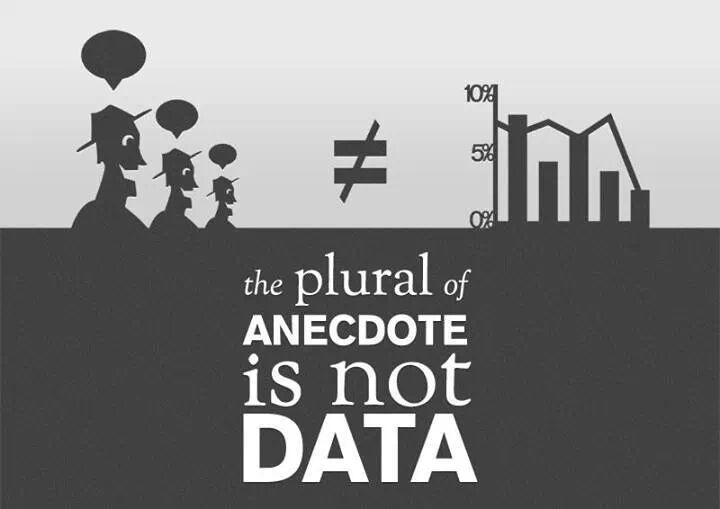Is the phrase “based upon the totality of the circumstances” science or science fiction?
One of the most often used phrases in an American courtroom uttered by police officers nationwide hundreds of times a day is that “under the totality of the circumstances” they came to some sort of opinion. This type of logic is most often seen in DUI and DUID cases. In fact, in a case where someone declines to take a chemical test, the opinion of impairment that is “based upon the totality of the circumstances” can be the lynchpin of the entire case.
So I got to thinking about that and thought about how crazy that is.

Let’s think about a typical DUI case:
- The Police Officer sees some swerving. Assumption made by the officer is that the motorist must be drunk.
- The Police Officer smells an “odor of alcohol emanating from or about the motorist’s person.” Assumption made by the officer is that the motorist must be drunk.
- The Police Officer says that the motorist had 2 drinks. Assumption made by the officer is that the motorist must be drunk.
- The motorist cannot perform the Walk and Turn or the One Leg Stand test to the officer’s satisfaction. Assumption made by the officer is that the motorist must be drunk.
- The Police Officer sees bloodshot, glassy eyes. The clothes of the motorist were noted as disheveled. Assumption made by the officer is that the motorist must be drunk.
- All of the assumption made by the officer is that the motorist must be drunk.
But here is the full context of what is known and unknown to the officer about the same observations.
- The Police Officer has no idea what is going on in the car (e.g., distracted driving) or how well the car operates (e.g., alignment issues). Therefore, the assumption made by the officer that the weaving is a manifestation of impairment is unproven and non-validated.
- The motorist has a valid driver’s license that shows that the motorist is over 21. The motorist is allowed to literally drink and then to drive so long as the motorist is not impaired. Therefore, the assumption made by the officer that the appearance of the eyes is a manifestation of impairment is unproven and non-validated.
- Again, being over 21, a motorist is allowed to literally drink and then to drive so long as the motorist is not impaired. The information about having 2 drinks is useful information but without a context it has no meaningful value. In order to determine whether or not the 2 drinks will impair this driver or put this driver over the limit. We would need to the gender, the height, the weight, the tolerance of the person, the size of the drink in terms of volume, the pace of drinking, the proof of the drinks, carbonation, and stomach contents. Therefore, the assumption made by the officer that this admission of drinking is a manifestation of impairment is unproven and non-validated.
- Without knowing the person’s “normal” dexterity, the person’s psychological reaction to doing the tests, and the suitability of the environment, then there is an unproven assumption that the motorist can preform these tests to the officer’s satisfaction on his or her most gymnastic day. Therefore, the assumption made by the officer that the dexterity issues are a manifestation of impairment is unproven and non-validated.
- Beginning in 1997, the National Highway Traffic Safety Administration in a publication by the Southern California Research Institute found that bloodshot and/or glassy eyes were not a reliable indicator of intoxication. Therefore, the assumption made by the officer that the bloodshot, glassy eyes and is a manifestation of impairment is unproven and non-validated. They wrote:
Finally, some clues of impairment were eliminated because they might be indicators more of social class than of alcohol impairment. For example, the interview and archival research indicated that a flushed or red face might be an indication of alcohol-impairment in some people. However, a flushed or red face or bloodshot eyes are open to subjective interpretation and could be due to allergies or caused by outdoor work.
A disheveled appearance similarly is open to subjective interpretation. We attempted to limit the recommendations to clear and objective post-stop behaviors.
So in other words, according to the “totality of the circumstances” logic, a whole bunch of either non-validated or invalid truths can come to a valid truth. What??!?!?!?!?!
It reminds me of the movie “Get Him to the Greek” and the scene when Sergio (Sean Combs) is trying to teach Aaron Green (Jonah Hill) how to handle a recluse and hard to handle artist:
Sergio: No, we don’t lie to people. We don’t do that. We just believe invalid truths.
There is a lot of truth in saying “based upon the totality of the circumstances” is believing in invalid truths.


